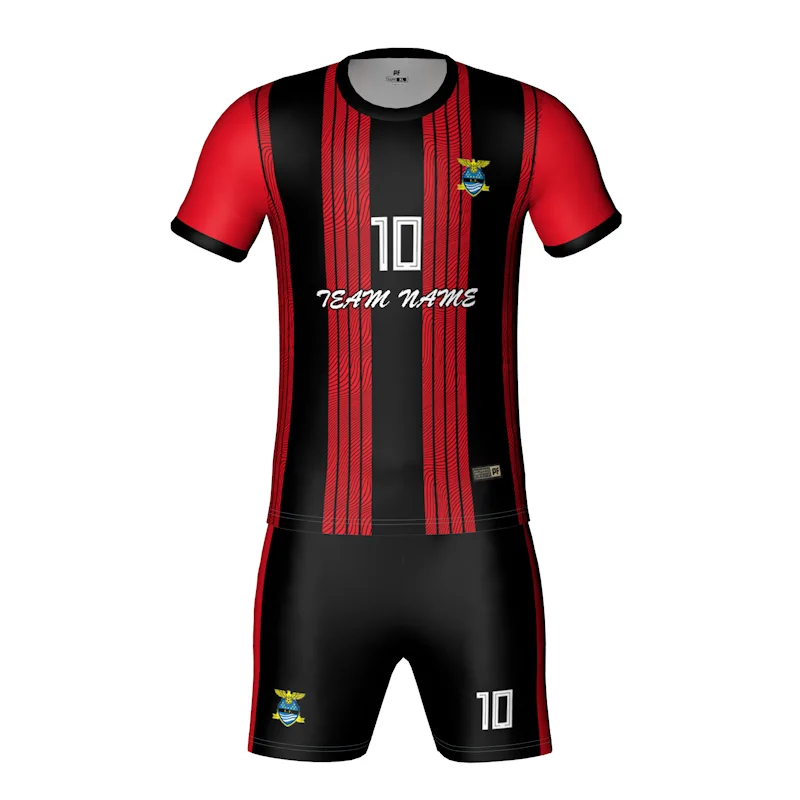
Cheap Plain Nepal Soccer Jersey Wholesale Make Your Own Football Latest Designs Uniform - Buy Cheap Plain Nepal Soccer Jersey Wholesale,Cheap Plain Make Your Own Football Jersey,Cheap Plain Latest Football Jersey Designs

Amazon.com : Custom 2 Sided Jerseys for Men - Make Your OWN Jersey T Shirts & Customized Team Uniforms : Sports & Outdoors

Make Your Own Sublimation Football Jersey Custom Soccer Team Football Wear Soccer Uniforms - Buy Cheap Custom Football Jerseys,Cheap Soccer Uniform,Custom Design Sublimated Soccer Jersey Product on Alibaba.com

Amazon.com: Custom Football Jersey Shirt Make Your OWN 2 Sided Personalized Team Uniforms Red : Clothing, Shoes & Jewelry
















.png)

